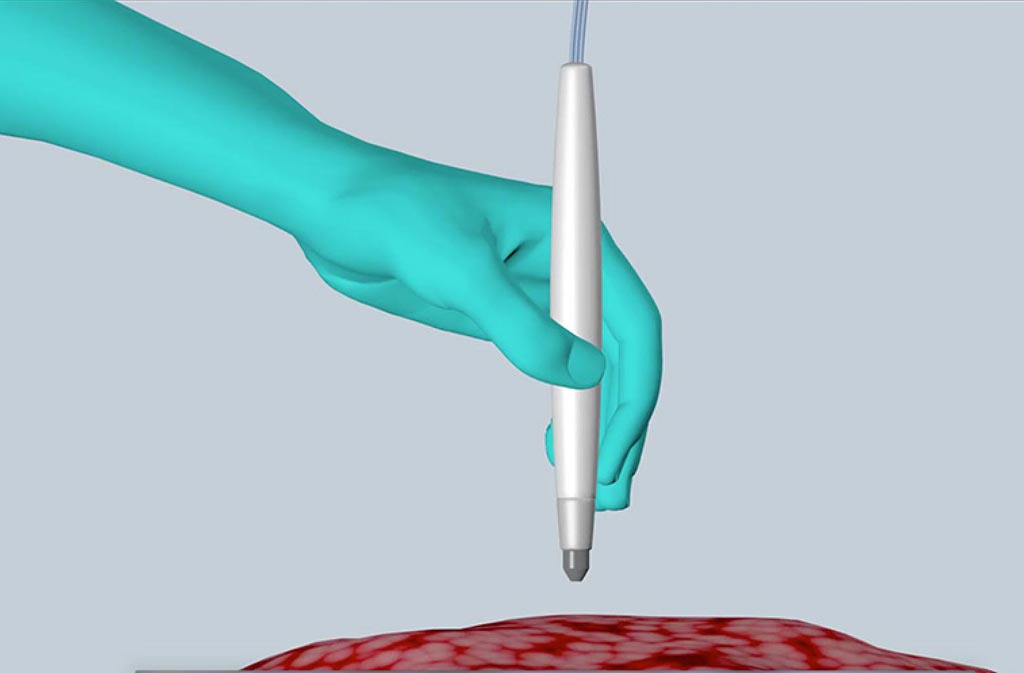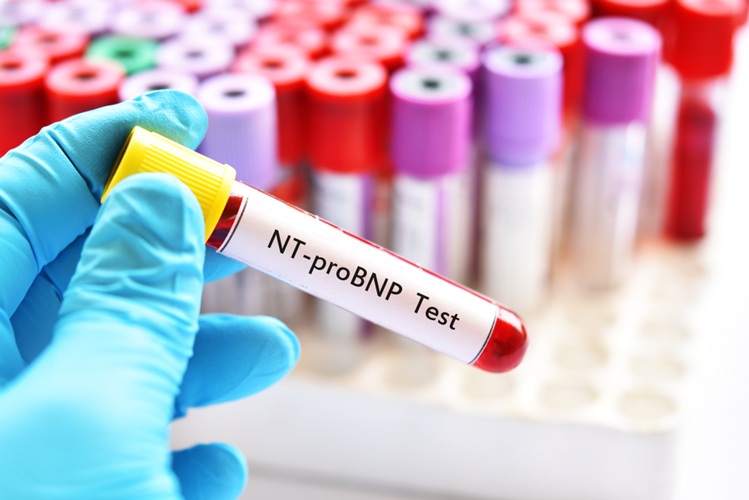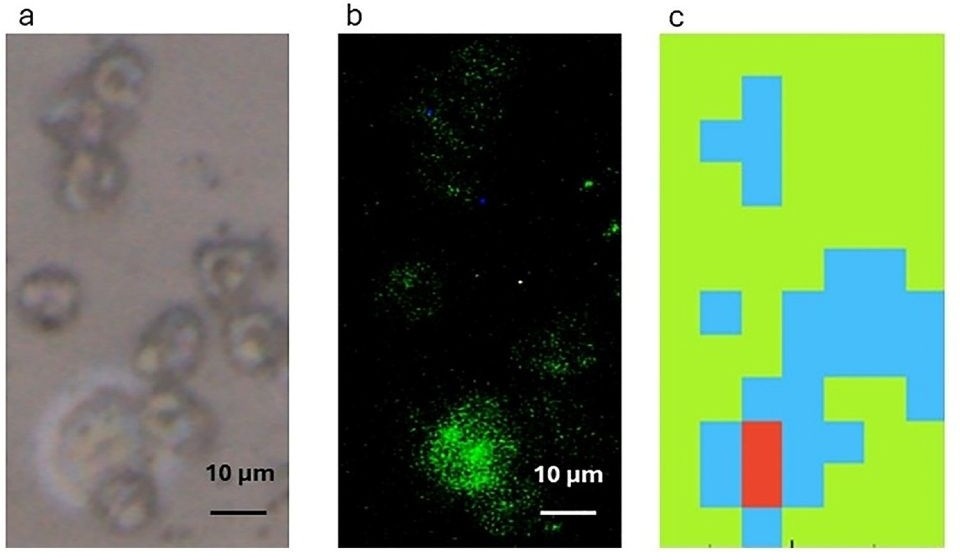手持质谱仪在数秒内识别出癌组织
|
By Xu Peng, Chief Editor 许鹏 副主编 Posted on 10 Nov 2017 |

图片:手术期间,MasSpec笔快速准确的检测出活癌,有助于改善治疗并减少癌症复发的几率(照片由University of Texas at Austin提供)。
一个由科学家和工程师组成的团队发明了一种强有效的设备,能快速鉴别出癌组织,为外科医生提供精确的诊断信息,决定切除哪些组织,留下哪些组织。
“如果与术后的癌症患者交谈,很多人要说的第一件事是‘我希望外科医生已经切除了全部癌组织’,”Livia Schiavinato Eberlin,University of Texas at Austin(Austin,TX,USA)的助理教授,该研究的设计者和团队领导说,“我们的技术能大大提高外科医生在手术期间真正清除所有痕量癌症的可能性。”
现有的方法冰冻切片分析法,手术期间诊断和确定癌症和正常组织间边界的速度缓慢,有时检测的结果不准确。每份样品检测需要30分钟或更长时间进行准备,并需要由病理学家解读结果,增大患者感染的风险和麻醉的负面作用。一些类型的癌症冰冻切片解读可能困难,经常产生不可靠的结果。
新的MasSpec笔需要花费大约10秒来提供诊断结果,对253份人类癌症患者中取出的组织检测准确度超过96%。还能检测出呈现混合细胞成分的正常组织和癌组织间边界区域中的癌症。
该技术还能为患者提供更安全的手术。“使用该技术,允许我们更精确的切除癌组织,保留正常组织,”项目的合作者,Baylor College of Medicine的James Suliburk说。虽然切除尽可能多的癌症组织很重要,但如果切除太多的健康组织可能产生更大的负面后果。例如,乳腺癌患者可能在麻醉影响的基础上,有更高的风险出现疼痛副作用和神经损伤。甲状腺癌患者可能丧失语言能力或调解体钙水平的能力,而这些能力对于肌肉和神经功能而言是很重要的。
活细胞产生的代谢物,每类癌症产生一套独有的代谢物和其他生物标志物。“由于癌症和正常细胞的代谢物差异很大,我们使用MasSpec笔提取和分析这些代谢物,以获得组织的分子指纹图谱。令人难以置信的是,虽然这种设备简单,检测的化学过程温和,但MasSpec笔能快速提供诊断分子信息,不会造成组织损伤,”Eberlin教授说。
使用MasSpec笔获得一份未知组织样品的分子指纹图谱,可由一个“统计分类器”软件立即进行评价,Eberlin教授和她的同事用253份人类组织样品的分子指纹图谱对该软件进行了培训。样品中包含乳房、肺、甲状腺和卵巢的正常组织和癌性组织。
该笔向组织中加入一滴水,小分子迁移至水中。将水样转移至质谱分析仪中,质谱仪能检测出数千个分子,得出分子指纹图谱。使用该一次性设备仅需简单的握住笔,压在患者的组织上,使用脚踏板触发自动分析,等待数秒就能得到结果。
检测人类样品时,该设备的癌症诊断准确性超过96%。使用该设备还能在手术期间诊断活体、荷瘤小鼠的癌症,不会对组织造成可见的伤害,也不会给动物带来压力。
因此该过程对患者影响小,具备生物相容性。“设计MasSpec笔时,我们确定其接触的组织仍完整,MasSpec笔的塑料头在操作过程中仅加入一滴水,”Zhang教授说。
本研究由Zhang J等人发表在2017年9月6日刊的Science Translational Medicine(科学转化医学期刊)上。
“如果与术后的癌症患者交谈,很多人要说的第一件事是‘我希望外科医生已经切除了全部癌组织’,”Livia Schiavinato Eberlin,University of Texas at Austin(Austin,TX,USA)的助理教授,该研究的设计者和团队领导说,“我们的技术能大大提高外科医生在手术期间真正清除所有痕量癌症的可能性。”
现有的方法冰冻切片分析法,手术期间诊断和确定癌症和正常组织间边界的速度缓慢,有时检测的结果不准确。每份样品检测需要30分钟或更长时间进行准备,并需要由病理学家解读结果,增大患者感染的风险和麻醉的负面作用。一些类型的癌症冰冻切片解读可能困难,经常产生不可靠的结果。
新的MasSpec笔需要花费大约10秒来提供诊断结果,对253份人类癌症患者中取出的组织检测准确度超过96%。还能检测出呈现混合细胞成分的正常组织和癌组织间边界区域中的癌症。
该技术还能为患者提供更安全的手术。“使用该技术,允许我们更精确的切除癌组织,保留正常组织,”项目的合作者,Baylor College of Medicine的James Suliburk说。虽然切除尽可能多的癌症组织很重要,但如果切除太多的健康组织可能产生更大的负面后果。例如,乳腺癌患者可能在麻醉影响的基础上,有更高的风险出现疼痛副作用和神经损伤。甲状腺癌患者可能丧失语言能力或调解体钙水平的能力,而这些能力对于肌肉和神经功能而言是很重要的。
活细胞产生的代谢物,每类癌症产生一套独有的代谢物和其他生物标志物。“由于癌症和正常细胞的代谢物差异很大,我们使用MasSpec笔提取和分析这些代谢物,以获得组织的分子指纹图谱。令人难以置信的是,虽然这种设备简单,检测的化学过程温和,但MasSpec笔能快速提供诊断分子信息,不会造成组织损伤,”Eberlin教授说。
使用MasSpec笔获得一份未知组织样品的分子指纹图谱,可由一个“统计分类器”软件立即进行评价,Eberlin教授和她的同事用253份人类组织样品的分子指纹图谱对该软件进行了培训。样品中包含乳房、肺、甲状腺和卵巢的正常组织和癌性组织。
该笔向组织中加入一滴水,小分子迁移至水中。将水样转移至质谱分析仪中,质谱仪能检测出数千个分子,得出分子指纹图谱。使用该一次性设备仅需简单的握住笔,压在患者的组织上,使用脚踏板触发自动分析,等待数秒就能得到结果。
检测人类样品时,该设备的癌症诊断准确性超过96%。使用该设备还能在手术期间诊断活体、荷瘤小鼠的癌症,不会对组织造成可见的伤害,也不会给动物带来压力。
因此该过程对患者影响小,具备生物相容性。“设计MasSpec笔时,我们确定其接触的组织仍完整,MasSpec笔的塑料头在操作过程中仅加入一滴水,”Zhang教授说。
本研究由Zhang J等人发表在2017年9月6日刊的Science Translational Medicine(科学转化医学期刊)上。
Latest 临床化学 News
Channels
Clinical Chemistry
view channel
Blood Test Could Predict and Identify Early Relapses in Myeloma Patients
Multiple myeloma is an incurable cancer of the bone marrow, and while many patients now live for more than a decade after diagnosis, a significant proportion relapse much earlier with poor outcomes.... Read more
Compact Raman Imaging System Detects Subtle Tumor Signals
Accurate cancer diagnosis often depends on labor-intensive tissue staining and expert pathological review, which can delay results and limit access to rapid screening. These conventional methods also make... Read moreMolecular Diagnostics
view channel
Ultra-Sensitive Blood Biomarkers Enable Population-Scale Insights into Alzheimer’s Pathology
Accurately estimating how many people carry Alzheimer’s disease pathology has long been a challenge, as traditional methods rely on small, clinic-based samples rather than the general population.... Read more
Blood Test Could Predict Death Risk in World’s Most Common Inherited Heart Disease
Hypertrophic cardiomyopathy (HCM) is the world’s most common inherited heart condition and affects millions of people globally. While some patients live with few or no symptoms, others develop heart failure,... Read moreHematology
view channel
MRD Tests Could Predict Survival in Leukemia Patients
Acute myeloid leukemia is an aggressive blood cancer that disrupts normal blood cell production and often relapses even after intensive treatment. Clinicians currently lack early, reliable markers to predict... Read more
Platelet Activity Blood Test in Middle Age Could Identify Early Alzheimer’s Risk
Early detection of Alzheimer’s disease remains one of the biggest unmet needs in neurology, particularly because the biological changes underlying the disorder begin decades before memory symptoms appear.... Read more
Microvesicles Measurement Could Detect Vascular Injury in Sickle Cell Disease Patients
Assessing disease severity in sickle cell disease (SCD) remains challenging, especially when trying to predict hemolysis, vascular injury, and risk of complications such as vaso-occlusive crises.... Read more
ADLM’s New Coagulation Testing Guidance to Improve Care for Patients on Blood Thinners
Direct oral anticoagulants (DOACs) are one of the most common types of blood thinners. Patients take them to prevent a host of complications that could arise from blood clotting, including stroke, deep... Read moreImmunology
view channel
Ultrasensitive Liquid Biopsy Demonstrates Efficacy in Predicting Immunotherapy Response
Immunotherapy has transformed cancer treatment, but only a small proportion of patients experience lasting benefit, with response rates often remaining between 10% and 20%. Clinicians currently lack reliable... Read more
Blood Test Could Identify Colon Cancer Patients to Benefit from NSAIDs
Colon cancer remains a major cause of cancer-related illness, with many patients facing relapse even after surgery and chemotherapy. Up to 40% of people with stage III disease experience recurrence, highlighting... Read moreMicrobiology
view channel
New UTI Diagnosis Method Delivers Antibiotic Resistance Results 24 Hours Earlier
Urinary tract infections affect around 152 million people every year, making them one of the most common bacterial infections worldwide. In routine medical practice, diagnosis often relies on rapid urine... Read more
Breakthroughs in Microbial Analysis to Enhance Disease Prediction
Microorganisms shape human health, ecosystems, and the planet’s climate, yet identifying them and understanding how they are related remains a major scientific challenge. Even with modern DNA sequencing,... Read morePathology
view channel
Genetics and AI Improve Diagnosis of Aortic Stenosis
Aortic stenosis is a progressive narrowing of the aortic valve that restricts blood flow from the heart and can be fatal if left untreated. There are currently no medical therapies that can prevent or... Read more
AI Tool Simultaneously Identifies Genetic Mutations and Disease Type
Interpreting genetic test results remains a major challenge in modern medicine, particularly for rare and complex diseases. While existing tools can indicate whether a genetic mutation is harmful, they... Read more
Rapid Low-Cost Tests Can Prevent Child Deaths from Contaminated Medicinal Syrups
Medicinal syrups contaminated with toxic chemicals have caused the deaths of hundreds of children worldwide, exposing a critical gap in how these products are tested before reaching patients.... Read more
Tumor Signals in Saliva and Blood Enable Non-Invasive Monitoring of Head and Neck Cancer
Head and neck cancers are among the most aggressive malignancies worldwide, with nearly 900,000 new cases diagnosed each year. Monitoring these cancers for recurrence or relapse typically relies on tissue... Read moreTechnology
view channel
Pioneering Blood Test Detects Lung Cancer Using Infrared Imaging
Detecting cancer early and tracking how it responds to treatment remains a major challenge, particularly when cancer cells are present in extremely low numbers in the bloodstream. Circulating tumor cells... Read more
AI Predicts Colorectal Cancer Survival Using Clinical and Molecular Features
Colorectal cancer is one of the most common and deadly cancers worldwide, and accurately predicting patient survival remains a major clinical challenge. Traditional prognostic tools often rely on either... Read moreIndustry
view channel
BD and Penn Institute Collaborate to Advance Immunotherapy through Flow Cytometry
BD (Becton, Dickinson and Company, Franklin Lakes, NJ, USA) has entered into a strategic collaboration with the Institute for Immunology and Immune Health (I3H, Philadelphia, PA, USA) at the University... Read more




 assay.jpg)
















